
Vent Microwave Exhaust Fan to Outside
I like to cook. So, one small home improvement that has improved my life a lot has been venting the over-the-range microwave fan through the exterior wall. The tools and parts were pretty cheap. (I already had a stud finder, and the microwave exhaust duct was not expensive, but links for both are below.) Plus, this project was fairly simple, and and it has really cut down on the smoke and odor in the kitchen and in the whole house.
More...
Steps to Vent Microwave to Outside
For some reason, the builder didn't bother to provide this simple upgrade to vent the microwave to outside. So, I took these steps to do it myself:
- 1Unplugged the microwave from the electrical outlet hidden in the cabinet directly above the microwave
- 2Dismounted the microwave from the mounting bracket
- 3Removed the mounting plate that was screwed into the studs
- 4Used a stud finder / electric wire detector / pipe detector to make sure I didn't cut into anything inside the wall
- 5Cut a hole through the wall (using the ventilation holes in the mounting plate as a guide)
- 6Replaced the mounting plate
- 7Switched the direction of the microwave's fan to blow out the back
- 8Attached a ventilation swing door to the back of the microwave before the duct vent, so cold air won't blow in from the outside
- 9Remounted microwave
- 10Attached a microwave exhaust duct through the outside wall to the microwave
- 11Caulked around the ventilation duct
- 12Pluged the microwave back into the cabinet electrical outlet
Photos - Venting Microwave through Exterior Wall
This series of photos shows many of the key steps I took to vent my microwave to outside through the exterior wall. There's even an outside photo showing my original "builder's special" yard, before I re-did it with a professional landscape plan, wholesale nursery plants, and a lot of elbow grease. (You can see the video about re-doing the yard here.)
By the way, as you can see from these first two photos, I originally cut through the smaller areas unnecessarily.
Key Points on How to Vent Microwave to Outside
Do you want to vent your microwave to outside straight through the kitchen exterior wall? Here are couple of key points I think could help you out.
Use a Modern, Electronic Stud Finder
I used a special stud/electric wire detector to make sure I was not going to cut though an electrical wire or anything else hidden in the wall. This tool is pretty inexpensive, it can help keep you safe, and you'll use it for lots of projects over the years. As of this update (January 23, 2019), it looks like one of the best scanners that checks for wooden and metal studs and AC wires is this one.
Use a very long bit to drill corners
I used a long 3/8" bit I had from another project to drill holes all the way through the interior and exterior walls in the corners of the rectangle I was going to cut out of the wall. Then I used a keyhole saw to saw through the drywall first, and then I went outside to cut through the hardy plank exterior.
Glove Up & Use a Mask
There was, of course, fiberglass insulation in the wall, so I used gloves (and should have used a mask, like a 3M mask) to remove it from the hole area.
Wall Cap for Microwave Range Exhaust Ventilation Duct
In the comments below and in person, people have asked me what part or duct piece I used to actually vent the microwave through the exterior wall to the outside. It was a single part that was similar to this one.
Use the Buddy System
I ended up lifting the microwave myself, but it would have been much easier to do this project with two people.
Pros and Cons of This Project
Pros: Now, I can cook fish or bacon in the kitchen (instead of outside on the grill) without smelling up the whole house. (Also, for better or worse, arriving guests can now smell what's for dinner.)
Cons: I should have done this about 5 minutes after I moved in.
Tools
Tools I used -- or should have used for this project include:
Parts
One of these vent photos shows my original yard. Want to see how I transformed it and got professional landscaping results for a budget price? To see the before and after video, you should click here.
(BTW, while your there, be sure to grab the FREE BONUS list:
My Top 5 Landscaping Mistakes. No. 3 could have killed me!)
If You Do this Project...
If you do this project, please leave a comment below and let me know how it goes. Also, if you have a question, you can leave it in the comment section also, and I'll get notified as soon as you submit it. Thanks again for "tuning in", and please remember to hit the subscribe button below so you don't miss any of our cool upcoming stuff.
A reader below raised the question of whether I did this duct work upgrade "to code". I did, but he makes a great point! And along with duct work code, the electrical code is key. It saves lives. To see the recent post on common electrical code violations as well a link to electrical accident resources, you should click here.














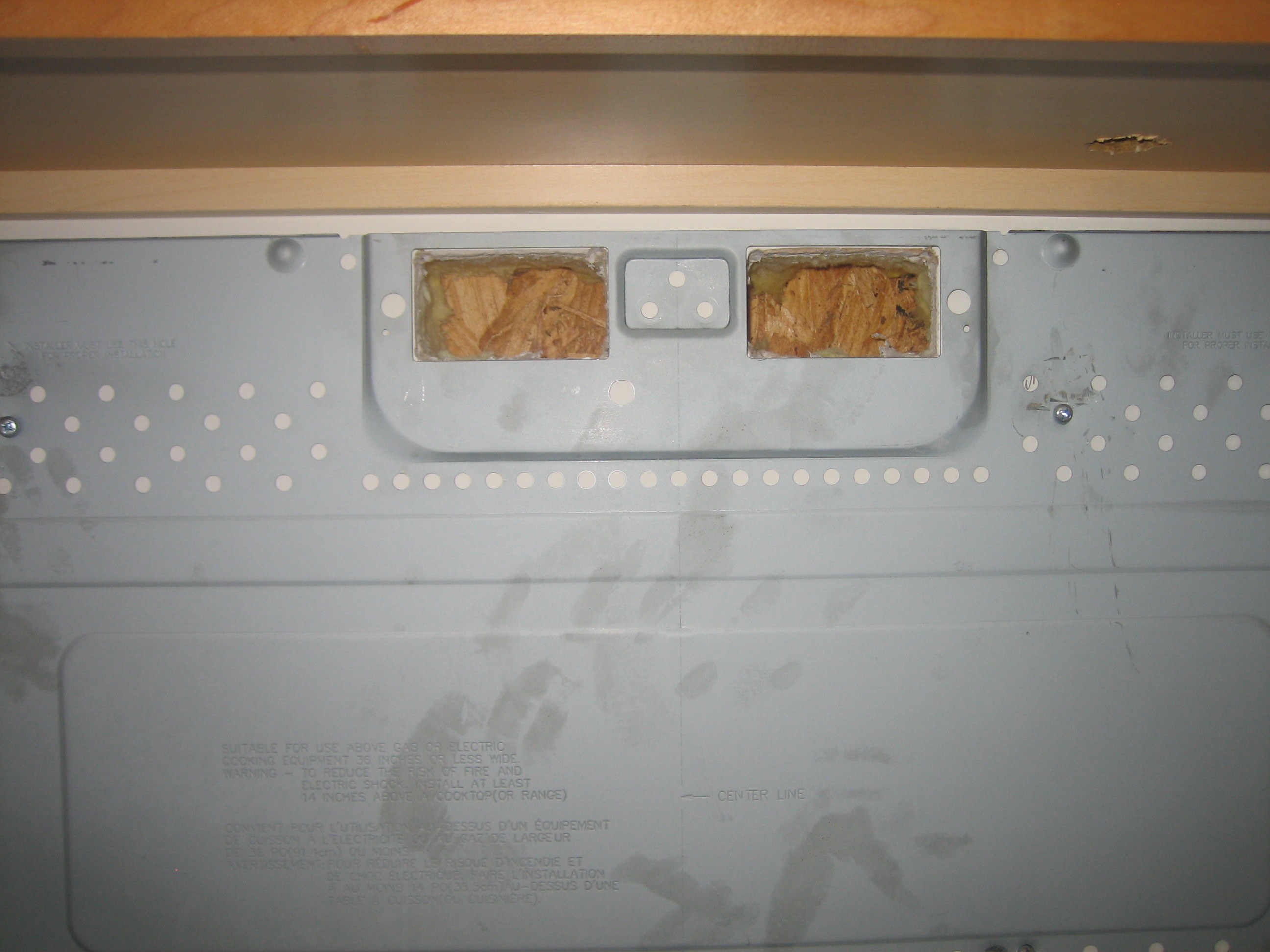
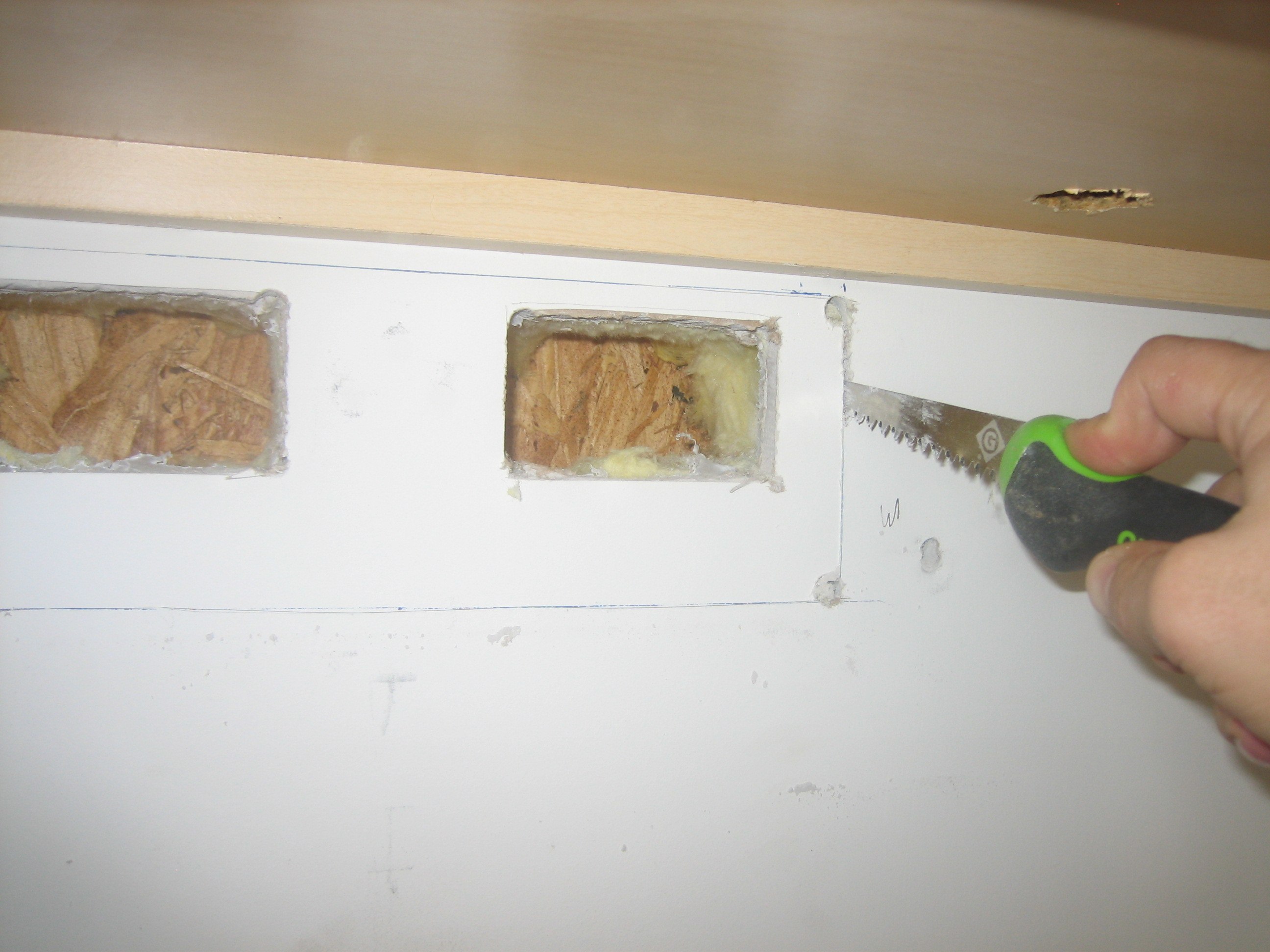
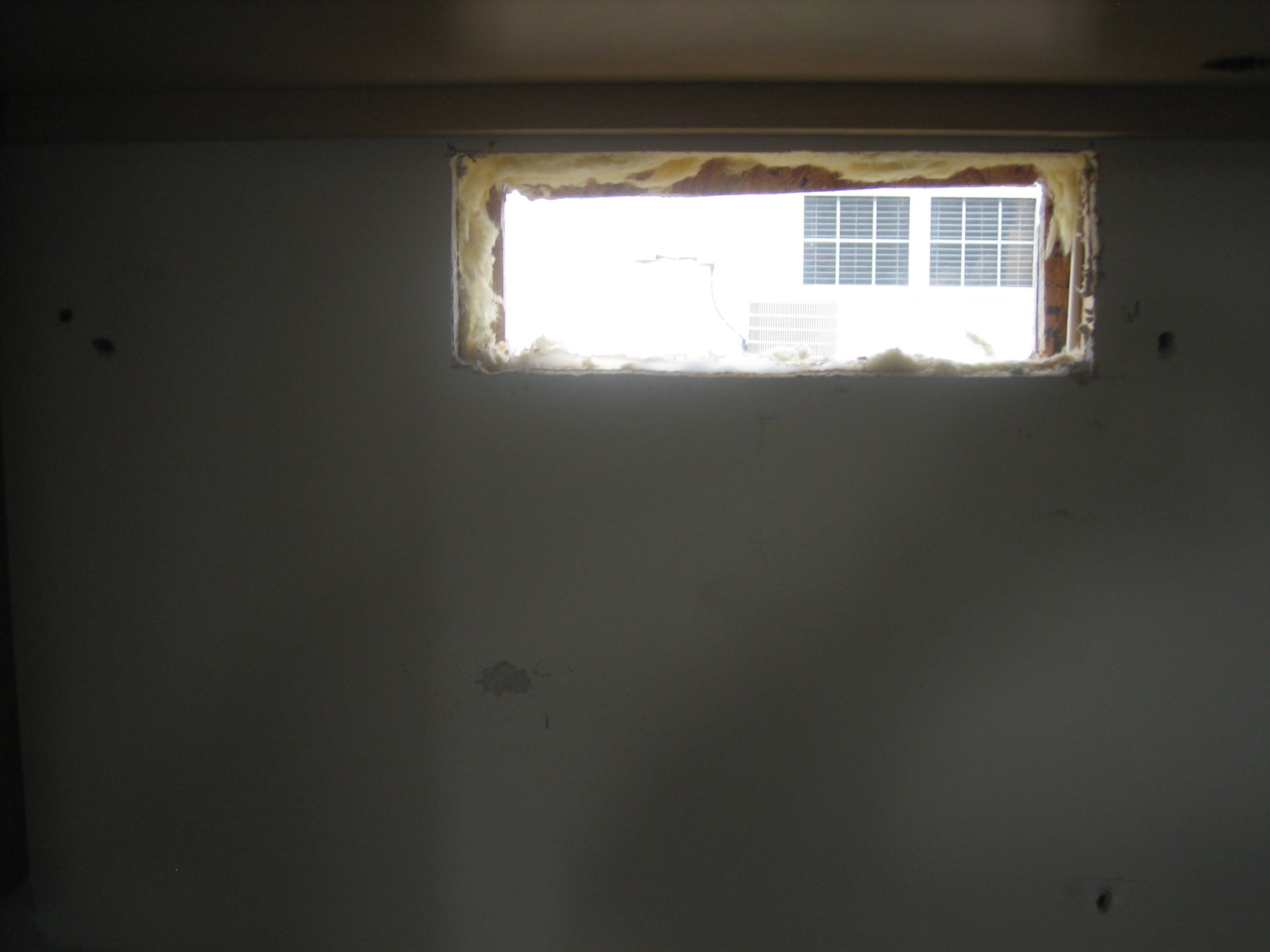
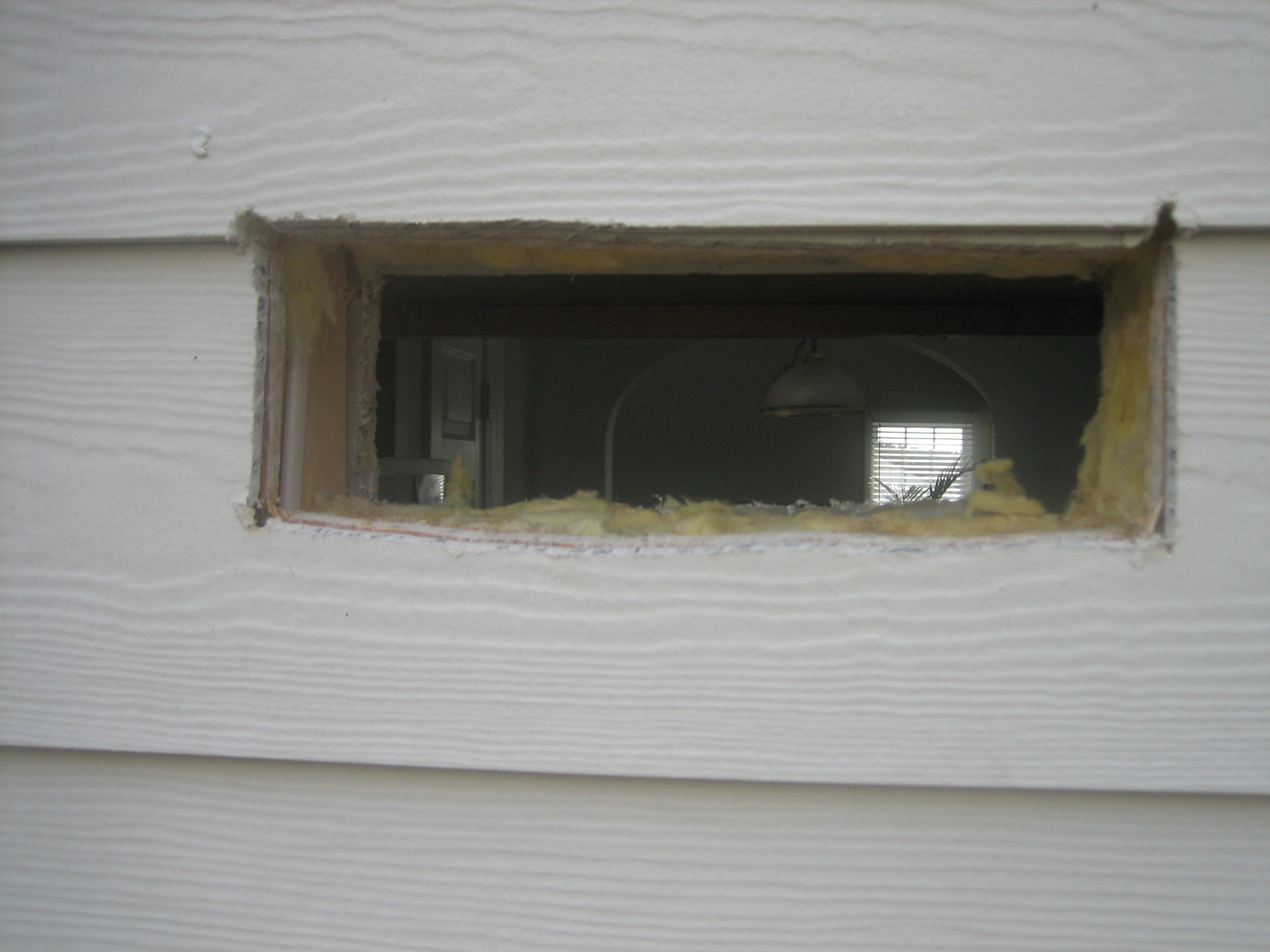

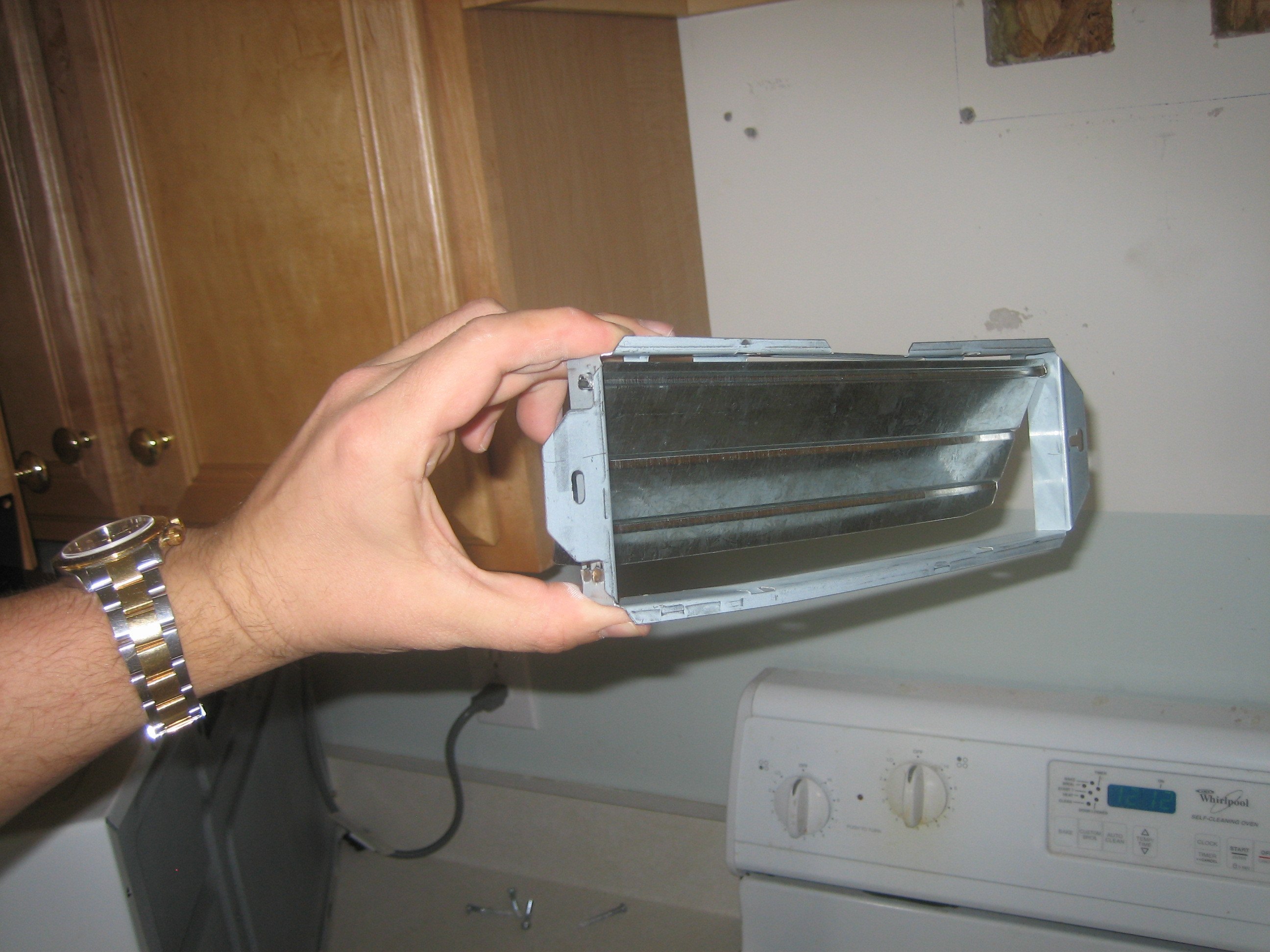
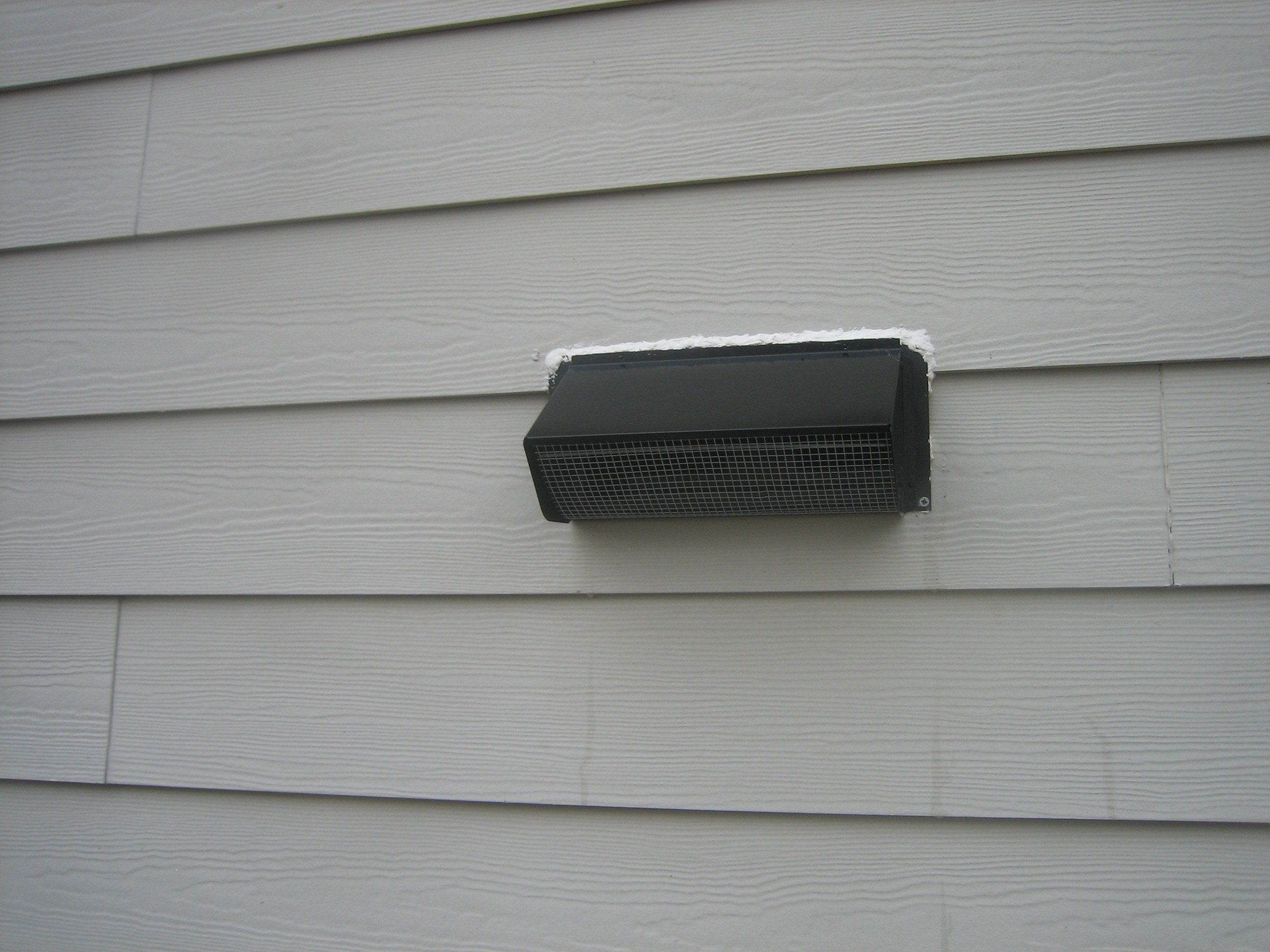
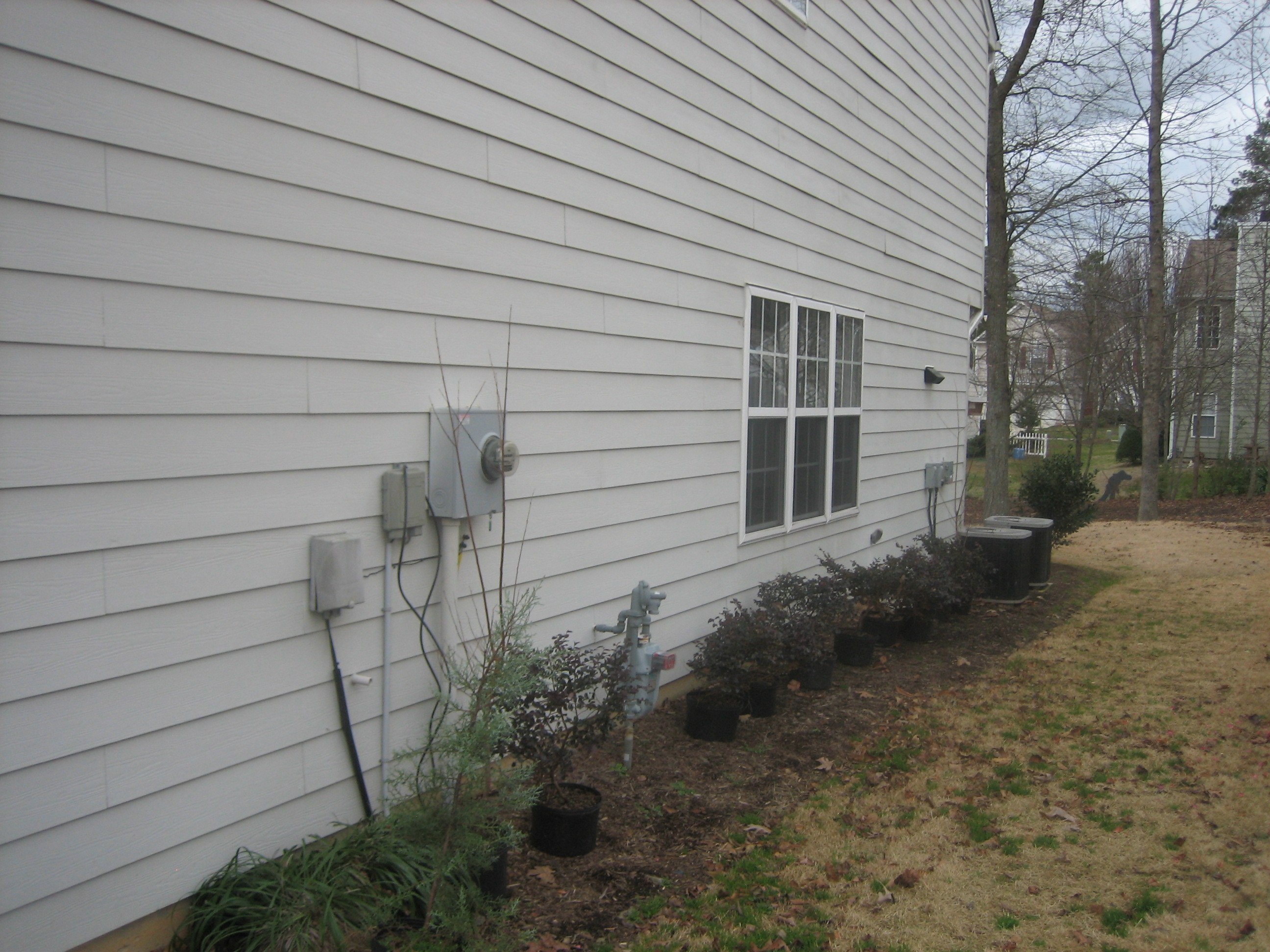
No duct work through the wall? Just a hole in the wall? I’m sure that’s not code.
Dan
Dan,
Thanks for your comment.
I actually didn’t just cut a hole in the wall. Instead, I used a wall vent cap, like this one, that served as the duct from the microwave through the wall to the exterior. I recently re-wrote the post to make that step more clear.
This morning, I did a quick google search on “venting microwave outside”, and found this YouTube video by Shirlene and Chuck, who did the same home improvement project: http://www.youtube.com/watch?v=-m2WPo_hJmc. (They sure have a much nicer kitchen than we do!)
With respect to code, I can’t speak to the requirements in your area, but you raise an important issue. How do you make sure to stay on the right side of the law while doing your next home improvement project? One online resource I use to make sure I’m doing my projects “up to code” is Municode. It’s an online library of the local ordinances of lots of cities and towns across the country. I’ve added it to my home improvement Resource Links page here.
Thanks again for your comnment, and please stay tuned, and check back in a couple of weeks for that post.
Christopher
P.S. Here’s that link again to Municode: Check You Local Ordinances with Municode.
What about bugs and bees crawling into the vent?
That’s a good question. I really haven’t had any bug problems. The exterior part of the vent has a screen on it, and the inner piece has a flapper on it that closes when the fan is not blowing.
What if there is a stud where the rectangular vent runs? How does the vent attach to the microwave? Thanks
Steve,
Thanks for the question. I really do not know. Any framers or HVAC folks out there want to comment? Feel free to leave a link to your site.
Christopher
You will have to cut the stud and (more than likely a support stud too) frame around the area you intend to place the hole for the vent. Look for a video on youtube from This Old House.
Hello, I need a new microwave outside vent. No hardware, plumbing or electrical store/wholesaler in my are has what I need. I found your site and you have just the type I need!! But I would like to know the dimensions to be sure it will fit. Could you please sent me this information and if it matches, I will be more then happy to place an order. Thank you very much and I look forward to your reply.
Regards,
Doug Ross
Gloucester, Mass.
How did you connect the ducting to the back of the microwave? I keep reading to use duct tape, but is there enough room through the cutout to get duct tape onto the microwave securely? Don’t want to be blowing hot grease and stuff into insulation.
This is precisely what I needed. I have exactly the same set up and a Whirlpool MV. Great job! I am going to tackle this ASAP
Thank you
[…] Inspect exterior vents, covers, and dampers: Make sure that all openings to your home, such as covers, dampers, and vents, are functional and clean. They should be securely attached with screens where needed. You should also make sure that they do not have any buildup, such as lint buildup on a dryer vent. […]
Perfect post! I moved into a house with an “after market” microwave that’s sadly screwed into the cabinets. I have realized this winter, when there’s cold air blowing on me while I’m cooking, that it only vents semi-cleaned air back into my kitchen. I looked, and there is no vent box in the cupboard above the micro, so that explains it (my last house had that since the kitchen wasn’t on an outside wall). There is, however, an existing vent cap box on the outside of the house. So…I’m not sure what happened there. But I intended to fix it! How did you change the direction of your vent fan so it’ll blow out the vent in the wall? I don’t know that mine has the option, but I don’t have the original manual.
Thanks for the informative post; I hope I can tackle this project ASAP!
Delaney,
Thanks very much for your comment, and I’m glad you’re fired up to do this project also!
You asked how I changed the direction of the fan. It’s been so long ago, I actually can’t remember exactly what I had to do, but it wasn’t hard. I would have remembered if it had been. I’m pretty sure I just flipped the fan blades unit over. It was definitely in the instructions — which the builder left. So, you might see if you can get a copy of your microwave’s instruction manual online and go from there.
If you do end up doing this project, please do me and your fellow readers a big favor and write another comment or shoot me an email through the Contact page. I’d love to post some additional photos or text to help other folks out.
Thanks again.
Christopher
P.S. Here’s the Contact page: http://myhomeupgrades.com/contact/
P.P.S. In case it helps, here’s the photo showing the fan blade assembly from my old microwave: http://myhomeupgrades.com/microwave-vent-outside/#microwavefanblades
Great article. Congratulations!
Mom
Thanks, Mom!